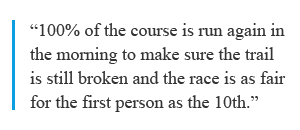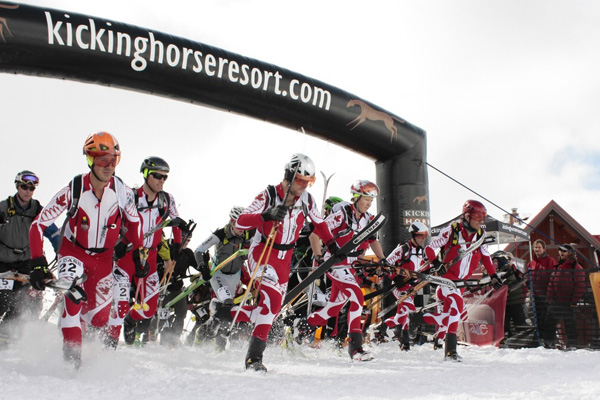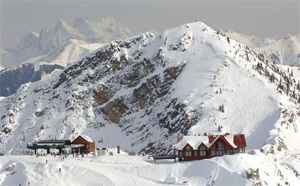It’s 7am, you feel rested and your legs are ready to go. You are packing all your race gear and just before leaving the motel room you are organizing your race food and drink: “Gels check, bottle check, banana check…”

All of us have different diets, eating habits and lifestyles. We also believe in different nutritional advice whether due to marketing or our principles (likely a combination of both).
So what I want to lay out here is not The race nutrition plan but rather through using specific examples from my diet provide you with overall guidelines to understand the bigger picture.
Your body is a fine machine
Race day nutrition is important but like with training it’s near impossible to get a quick last minute fix. You need to plan (and do) things ahead.
Think of it as a machine with a gas tank. You need to oil the machine properly and fill up the tank with the right fuel to perform at its very best. This takes longer than just couple of hours before and during the race.

Principle #1: Think of nutrition from health perspective first, performance later.
If you have an overall healthy diet (avoiding processed foods in favour of organic vegies, fruit and animal products) then, I believe, you are much better positioned for longer term athletic development than just trying to finish the next workout.
Energy gels during/after a race are OK but I stay clear of them otherwise. I am not as prudent with trail bars but I try to eat only the whole food ones (no added artificial stuff and preferably organic).
In an interview with Reiner Thoni last year he summed it up the best: “Mother Nature seems to work in harmony. Isolating things causes problems. The extra money on organic food is a much better option.”
Two days before
Let’s start getting ready early.
Principle #2: If your race is on Saturday then make sure not to go too hungry or dehydrated starting from Thursday morning.
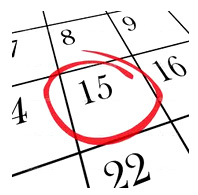 This not to say you should over eat or over hydrate. Strike a balance but it’s OK to be more on the fuller side. As for hydration, drink to thirst, you don’t need to go crazy.
This not to say you should over eat or over hydrate. Strike a balance but it’s OK to be more on the fuller side. As for hydration, drink to thirst, you don’t need to go crazy.
I tend to drink about 2.5-3 litres per day on average, so all I try to do on pre-race days is to avoid drinking, let’s say, less than 2 litres.
What to eat and drink?
See principle #1 above. Eat whole foods, avoid processed (packaged) foods.
Personally, I consider myself a 90% vegetarian, if there is such a thing. If I do eat meat in two days leading up to a race then last time I would do so is for Thursday dinner, same for cheese.
I would mostly eat potatoes, beans, eggs, rice, quinoa, buckwheat, some pasta, nuts, veggies, fruits, berries butter, and oats.
For drinks it would mostly be water, tea and a bit of sports drink during a workout or water mixed with apple juice. I don’t drink milk, coffee or sodas at all, just didn’t grow up with it.
Dinner the night before
Again, continuing on the principle #1 and #2 but somewhat overeating on rice or pasta combined with some fats and veggies. I am not too fussy about the look or taste of the meal at this stage, just get the right stuff in, but I do like to add salt and pepper.
Here are two ideas for a dinner for you. They are simple to cook or kind of simple to arrange for in a restaurant:
- Cook some pasta (or rice), and then mix it with crushed walnuts and honey. And let a slice of butter melt over it. Sometimes I add a pinch of salt.
- Cook rice, not an instant one. You can even cook it in half water and half coconut milk. Steam some leafy vegetables (kale, Swiss chard, spinach) for a side dish, beats are good too. Again, add some fat such as coconut oil, butter or sesame oil. Salt and pepper should do for taste.
If I am craving some protein here then I eat about 2 spoons of peanut butter with this, tastes seem to combine well.
For drinks, plain water or water with some squeezed lemon is usually good enough for me.
Principle #3: The idea of starting fueling the night (or two days) before is to let you not need a big breakfast the day of the race, and not needing to consume too much during the race as sometimes this is close to imposible due to technical skimo courses.
» Also, you might want to check out this read on Wikipedia – definition of glycogen and its function for endurance exercise.
Pre-race breakfast
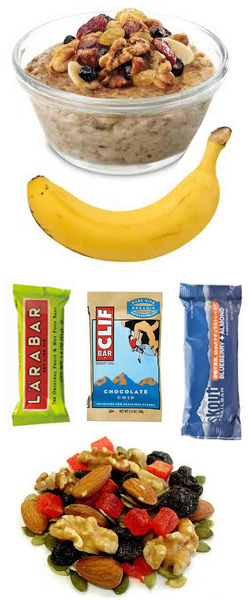 I find it tough to give a specific advice with this one because I believe you should rather eat for race breakfast what you like (even if not the most ideal) than fight a taste of something that experts say is the best fuel.
I find it tough to give a specific advice with this one because I believe you should rather eat for race breakfast what you like (even if not the most ideal) than fight a taste of something that experts say is the best fuel.
Simply, at this point, it comes to psychology more than fuel given that you had two good days before. If experience of eating a certain meal gives you too much of pre-race anxiety or uncomfort then eat something else BUT when you go back home maybe start practicing that other meal 😉
Here is what I eat for race breakfast, or pretty much for most of my breakfasts, usually all ingredients are organic:
- Plain quick oats mixed with some nuts and maybe some raisins and coconut shreds. Poor boiling water on top of it, stir and let soak up for 10-15min. Before eating I add hand-picked blueberries from my winter stash. Lastly, I mix in some honey. Sometimes sprouted chia seeds as well.
From after breakfast until the start
Principle #4: With skimo racing it’s important to have pre-race snacks handy. Why? Because skimo race starts get easily delayed due to weather and avalanche conditions. You don’t want to hungry 10min before the gun goes off.
These snacks could be a sports/trail bar, banana, raisins, some nuts… more on the carbs side.
Same goes for your hydration – have more ready than you need just for the race. Sports drink is fine.
Nutrition during the race
Principle #5: As mentioned in 10 Quick Tips to Improve Your Skimo Racing article, if you think you won’t finish the race faster than in 2h do not skip on fueling. What that means is very individual but for me it usually is one or two gels with about 0.5L of sports drink throughout the race. Should the race be more than 3h I would eat a bar and drink more too.
For food, you can buy commercial energy gels or you can make your own. Mix some honey (agave, maple syrup) with warmer water (not hot) and squeeze in a bit of lemon and add a pinch of salt.
For race drink, mix your favourite sports drink powder with water, preferably it’s without artificial flavourings and colour agents.
One of the top North American skimo racers, Luke Nelson, likes to mix his gels right into his drinking bottle. Try it, it’s a personal preference.
What to eat after the race?
After-race nutrition is very important and not only so you can feel better few hours later. By giving your body the right fuels after the race you are giving it an opportunity to benefit from your just finished hard effort – it can start properly rebuilding to make you stronger for the future.
Food:
Within next 30 min or so the priority should be on carbs. Finish your race gel if you haven’t or have another one, eat a banana. Between 1-2h after the race consume some good proteins (meat, tofu, beans, eggs…) and veggies. Try not adding too much fat but some is OK.
By dinner time you are good to eat what you are craving but it’s better to keep it on the healthy side – not much of processed foods. Some organic protein (meat) is a great addition too. Fats are good to go as well, but again think healthy, not ice cream.
Drink:
Beer tastes great but hold on until about 2-3h after. Recovery sports drink is good but avoid those with too many artificial additives. Sometimes I even create my own recovery drink – tea with lots of honey and some salt.
It’s 7am… again
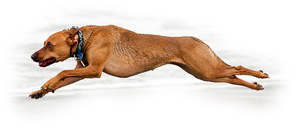 All fueled up now?
All fueled up now?
If you feel you have learned couple of new things from this article then what you can do for Skintrack in return is to tweet it or share it on Facebook.
And if you have some advice or want to share your experience with race nutrition you are welcome to do so in comments below.


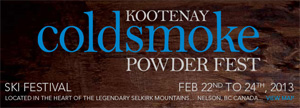 The event is part of the annual
The event is part of the annual 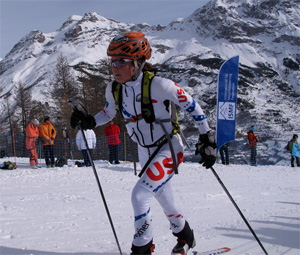
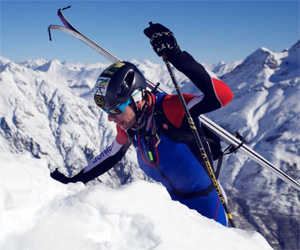
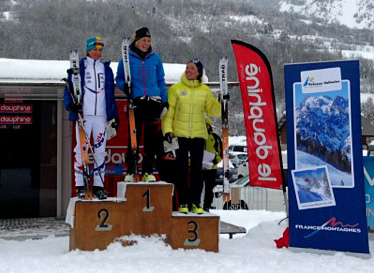
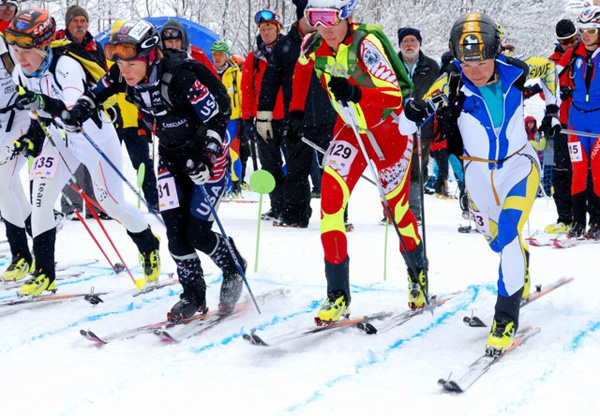
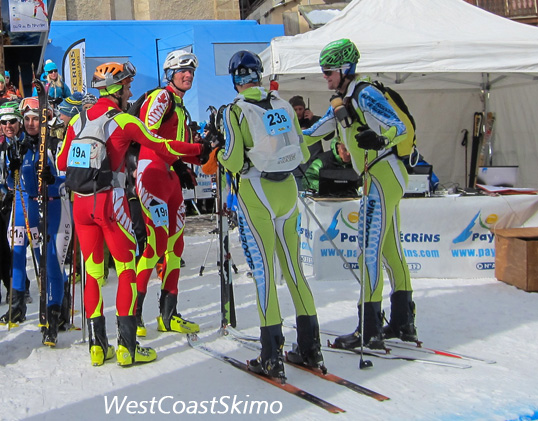
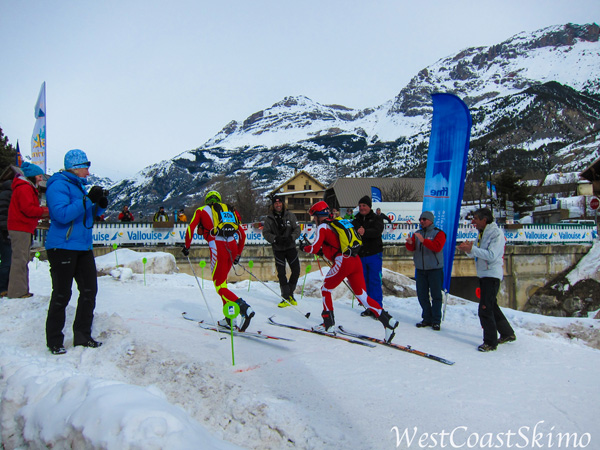
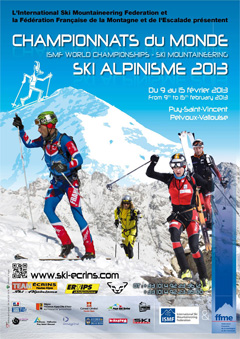 Here we go again! Two years went by incredibly fast since the 2011 Skimo World Champs in Claut, Italy.
Here we go again! Two years went by incredibly fast since the 2011 Skimo World Champs in Claut, Italy.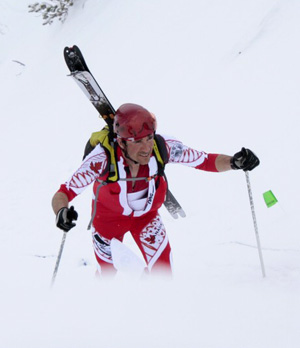
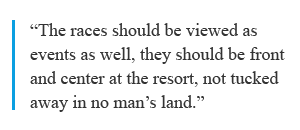 I think our greatest asset as event organizers is the “buy in” from the resort.
I think our greatest asset as event organizers is the “buy in” from the resort.